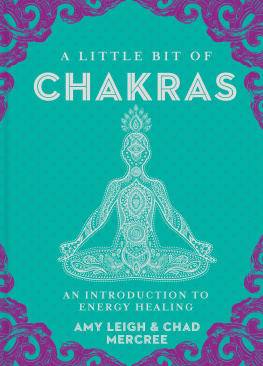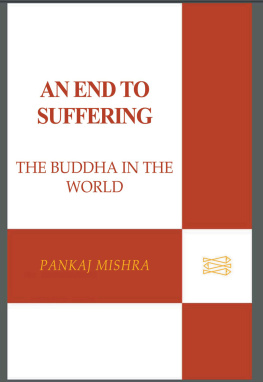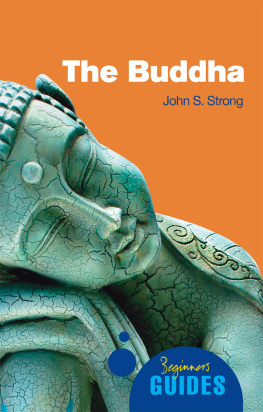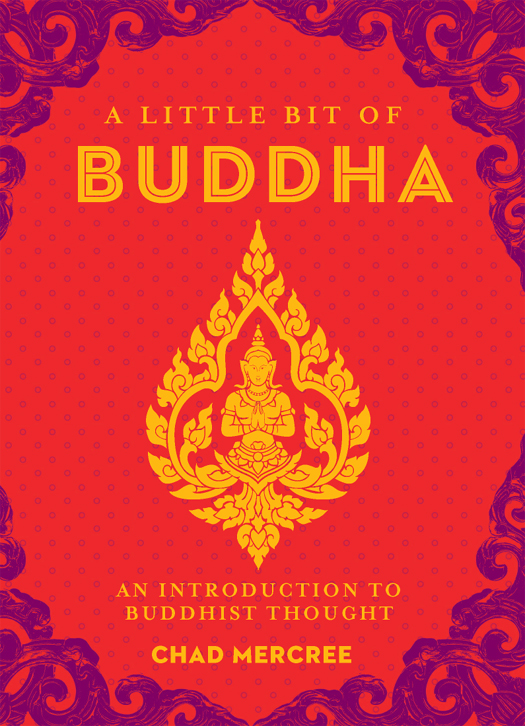STERLING ETHOS and the distinctive Sterling logo are registered trademarks of Sterling Publishing Co., Inc.
2015 by Chad Mercree
All rights reserved. No part of this publication may be reproduced, stored in a retrieval system, or transmitted in any form or by any means (including electronic, mechanical, photocopying, recording, or otherwise) without prior written permission from the publisher.
ISBN 978-1-4549-1539-3
For information about custom editions, special sales, and premium and corporate purchases, please contact Sterling Special Sales at 800-805-5489 or specialsales@sterlingpublishing.com.
Cover Design by Elizabeth Lindy
www.sterlingpublishing.com
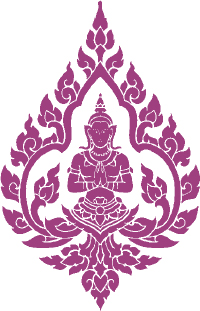
INTRODUCTION: WHAT IS BUDDHISM?
From its humble origins in remote India to its modern expansion across the globe, Buddhism has retained its simple message of peaceful spiritual awakening and has inspired hundreds of millions of followers. Today there are well over three hundred million modern Buddhists, and millions more who are inspired by the Buddhas message. There has been a particular explosion of interest in the Western world following the exile of the Dalai Lama, leader of one of the main branches of Buddhism, from Tibet in 1959. A Little Bit of Buddha shares the world of Buddhists and the words of the Buddha in a clear and simple manner. Along the way youll also learn some basic Buddhist practices to gain firsthand experiences of what Buddhism has to offer.
The heart of Buddhism blossoms from one sourcethe life and teachings of Siddhartha Gautama, the man we know as the Buddha. He taught a method of self-liberation and rejected the gods and goddesses of the Hindu religion of his native India. He taught his followers to look within for spiritual growth and wisdom, and offered a simple, though rigorous, path to achieve enlightenment, or transcendent wisdom. To achieve enlightenment means that you are no longer bound to come back to life over and over again, a process called reincarnation. Instead, enlightened beings transcend time and space and experience a new form of existence outside of reality as we understand it. Over the millennia, the Buddhas followers have developed myriad interpretations about exactly what the Buddhas teachings meant and how best to achieve enlightenment. Today there are several distinct Buddhist schools, and the Buddhas teachings have been incorporated into many spiritual disciplines.
Our modern world is full of external distraction. These distractions seem to proliferate day by day in the form of shiny gadgets, the race for more and more lucrative careers, or the endless repetition of the twenty-four-hour news cycle. The external world demands constant attention through increasingly insidious ways. To serious Buddhists, these are all distractions from the spiritual path and hold only fleeting pleasure. They see time as a precious commodity and spend as much time as possible developing their consciousness in preparation for enlightenment.
We all lament over how busy our lives are. Each generation yearns for the days of yesteryear, when things always seemed so much simpler. You may be surprised to learn that things were no different during the life of the Buddha, or in any era in the last 2,500 years. Whether from family duty, social upheaval, environmental change, or the pursuit of personal dreams and goals, the life of every human being is full of activity and distraction. According to Buddhists, these life experiences can be powerful tools to assist in our spiritual awakening but too often grab our attention and pull us out of the moment.
Buddhism has become an extremely complex religion, akin to all the major religions of the world. There are thousands of texts on Buddhism in dozens of languages. Many are similar and it would be impossible to collect them all in one primary text or encapsulate them in a single narrative. Instead, we will start at the beginning and look at the history and development of Buddhist thought. In Chapter 1 well go backward in time over 2,500 years to learn more about how Siddhartha Gautama became the Buddha and what some of his first teachings were. Well discover what is known about the Buddhas early life and the events that shaped the foundation for his enlightenment. He was an ordinary human being who lived an extraordinary life before dying around age eighty. He experienced joy, sorrow, pleasure, pain, hope, and fearjust as we all do today. Unlike most of us, however, he discovered a method of securing complete inner peace and joy unaffected by the outside world. He came to see ordinary reality as a very intense dream, and he learned to awaken from within.
According to tradition thats perhaps peppered with a bit of myth, the twenty-nine-year-old Siddhartha experienced a series of events that catapulted him onto an intense path of spiritual awakening for six years. At its peak he achieved enlightenment, or Nirvana. He believed he perceived the true nature of reality and synthesized his beliefs into the teachings on the Four Noble Truths, the subject of Chapter 2. The Buddha began teaching what he knew and developed what he called the Middle Way, or the Noble Eightfold Path to enlightenment. In Chapter 3 well examine the Buddhas explanation of the Eightfold Path and its relationship to the Four Noble Truths.
Moving on from the Buddhas basic teachings, Chapter 4 explores the process of spiritual awakening from a Buddhist perspective. Buddhists have a fascinating worldview wherein we exist in one of six basic dream-realities, from the heavenly to the hellish. Well also learn about how karma affects the way we live in this life and future lives. Buddhism is about self-development and self-awakening, an achievement that requires years of dedicated practice to achieve. During this time revelations about oneself and the nature of reality may come abruptly, only to be followed again by years of quiet practice. The sudden jumps in spiritual development can happen at the most random times. The process is unique for each of us, but the Buddha recognized four levels of enlightenment by which to gauge ones practice. The Buddha taught his disciples about the Three Jewels that can help those on the path to awakening to build a network of support and stay focused on the end goal, enlightenment. Chapter 5 explores each jewel: Buddha, Dharma, and Sangha, in more detail.
A typical first impression of Buddhism for those living in the Western world is an image of the Dalai Lama dressed in saffron robes and holding beads. He looks happy and content. Many people desire a more peaceful and contented life but arent interested in joining a monastery and becoming a monk or a nun. Over the millennia, countless variations of Buddhism emerged, many of which are at odds with one another. Some schools of thought practiced in monasteries, while others blended into the everyday world. As in Christianity, Islam, and other megareligions, the sheer number of people involved in Buddhist philosophy led to differences in belief about what true adherents looked and acted like. At its core, however, Buddhism is a path of peace and compassion. Chapter 6 sheds light on how easy it is to practice Buddhism in the modern world.


